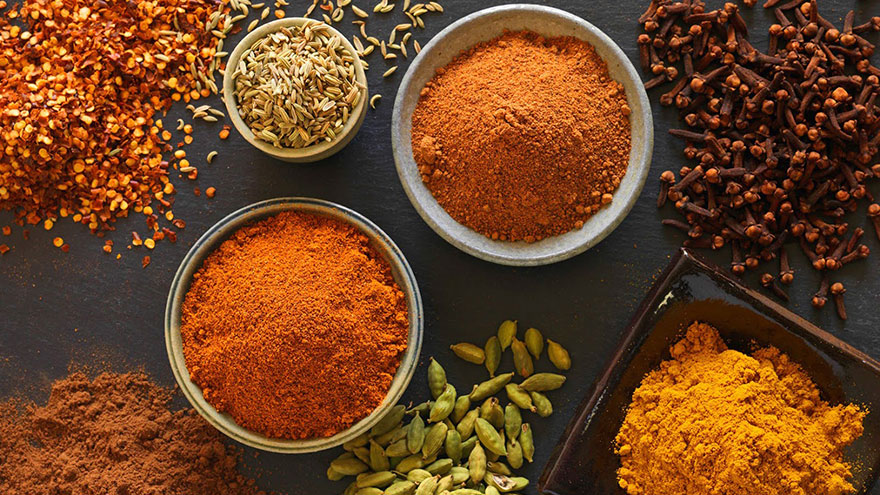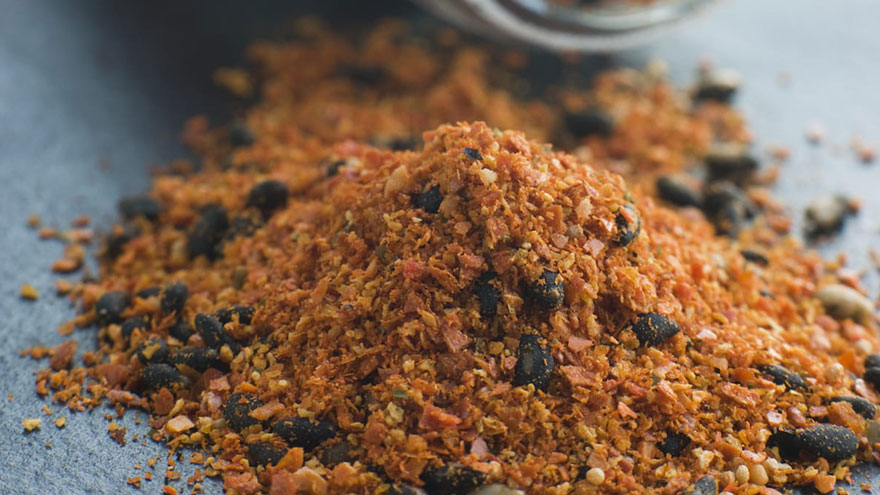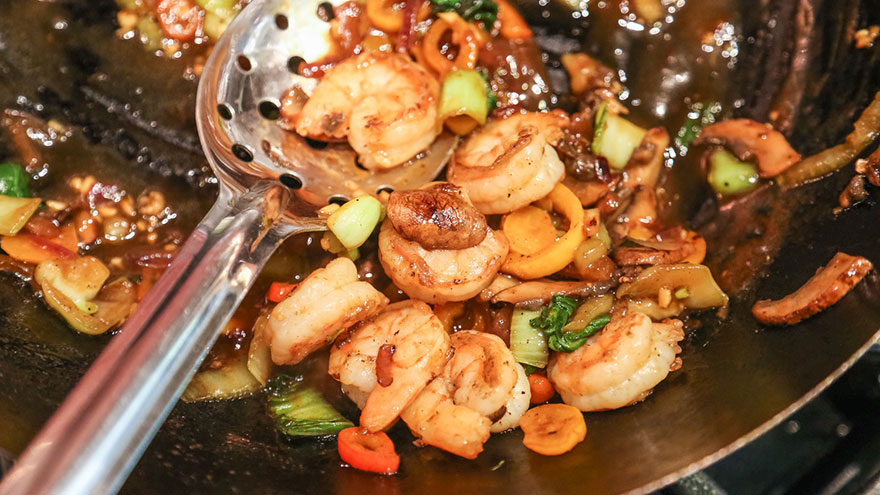How to Make Your Own Asian Seasoning Mix
Making your own seasoning mixes affords you several benefits — you gain control over the flavors in your cooking, and also learn about the ingredients that are essential to various Asian cuisines so you can have them on hand for future recipes.
Dry Seasoning Mixes
Store dry seasoning mixes away from heat, light and humidity for up to three years. Before using, take a sniff. If the spices smell fresh and pungent, use them. If they’ve lost their aroma, it’s time to replace them. For the most flavor, make small batches and use them within a few months.
Five-Spice Powder

Things You’ll Need
- Star anise
- Peppercorns
- Cloves
- Fennel seed
- Coriander seed
- Cinnamon stick
Step 1
Toast the anise, peppercorns, cloves, fennel and coriander in a heavy skillet over medium heat until they begin to give off their aromas. Remove the skillet from the heat.
Step 2
Break up the cinnamon stick into smaller pieces that will fit in your spice grinder.
Step 3
Combine the toasted spices with the cinnamon, and grind to a fine powder.
Swirl the pan to keep the seeds moving during toasting. This will prevent them from burning.
Shichimi Togarashi

This mixture, called “Japanese seven-spice” is Japan’s answer to Chinese five-spice powder. Use it to season meat, fish or sauces. In Japan, blends vary by region and cook. Use a combination from Epicurious as a starting point for your own version.
Things You’ll Need
- Nori
- Toasted sesame seeds
- Zest of tangerines or lemons
- Kosher salt
- Peppercorns
- Ground ginger
- Paprika
- Poppy seeds
- Cayenne pepper
Combine the ingredients in a spice mill, and grind to a fine powder.
Gomasio
This simple seasoning consists of just two ingredients: sesame seeds and salt. Combine them in a salt grinder. Grind as you need it over finished dishes.
Wet Seasoning Mixes
These mixtures can be used as dipping sauces or as seasoning, depending on your recipe. Store them in the refrigerator for two to three days.
Satay Peanut Sauce

This classic sauce pairs well with grilled meats and udon noodles. Add Thai chilis if you like yours spicy.
Things You’ll Need
- Peanut oil
- Peanuts
- Fresh ginger
- Garlic
- Anchovies
- Brown sugar
- Sambal oelek
- Coriander
- Salt
- Cumin
- Shallots
Lemon juice
Step 1
Heat the peanut oil in a Dutch oven or wok. Fry the peanuts in the hot oil.
Step 2
Let the peanuts cool, and then crush or grind them in a food processor.
Step 3
Discard all but a tablespoon of the oil. Then fry the ginger, garlic, anchovies, brown sugar, sambal oelek, coriander, salt and cumin. Cook for 1 minute, stirring constantly. Add water and shallots, and simmer until the shallots are tender.
Step 4
Return the peanuts to the sauce, and continue to cook until it thickens slightly.
Step 5
Just before serving, stir in a splash of lemon juice to brighten.
Stir Fry Sauce

Chinese take-out restaurants closely guard their recipes for stir fry sauce, but you can create your own version, like one from Recipe Tin Eats.
Things You’ll Need
- Soy sauce — both light and dark
- Oyster sauce
- Chinese wine
- Cornstarch
- Sugar
- Sesame oil
- White pepper
Combine all ingredients in a jar. Close the lid tightly, and shake to combine them. Store in the refrigerator.
You Might Also Like :: How to Eat Jollof Rice

